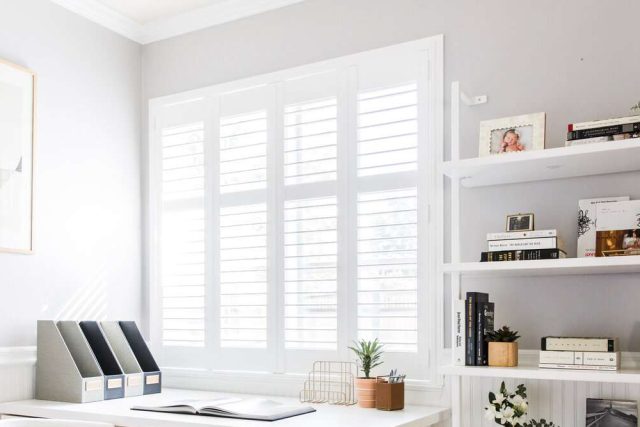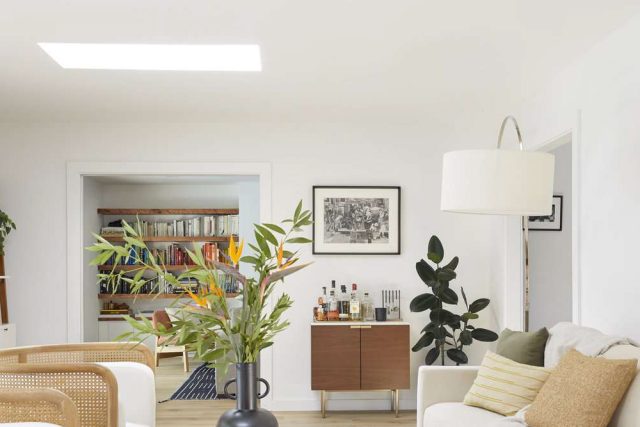Introduction
Lowered ceiling lights, also known as recessed lights, are a popular modern lighting choice for homes and businesses alike. These lights are installed inside recessed openings in the ceiling, creating a streamlined and seamless look while also providing ample lighting. In this article, we will explore the benefits and versatility of lowered ceiling lights, as well as some tips for choosing and installing them.
Benefits of Lowered Ceiling Lights
There are several advantages to choosing lowered ceiling lights over other lighting options. First and foremost, they provide a clean, modern look that can enhance the overall aesthetic of a room or space. Unlike traditional light fixtures that can be bulky and distracting, recessed lights blend in seamlessly with the ceiling and walls, creating a cohesive and polished appearance.
In addition to their visual appeal, lowered ceiling lights offer practical benefits as well. They provide ample lighting that can brighten up a room or highlight specific areas, such as a piece of artwork or a focal point in the space. This makes them ideal for use in living rooms, dining rooms, and bedrooms where a combination of ambient and task lighting is needed.
Lowered ceiling lights also tend to be energy-efficient, as they use less power than traditional light fixtures. This can lead to lower energy bills and a reduced carbon footprint, making them an eco-friendly choice for homeowners and businesses.
Types of Lowered Ceiling Lights
Lowered ceiling lights come in a variety of styles and sizes, making them a versatile option for any space. Some of the most common types of recessed lights include:
1. Trim and Bulb
This is the most basic type of lowered ceiling light, consisting of a trim and a bulb. The trim is the visible part of the light that sits flush with the ceiling, while the bulb provides the light. These lights are simple and affordable, making them a popular choice for homeowners on a budget.
2. Baffle Trim
Baffle trim lights feature a ribbed baffle that sits inside the trim, helping to reduce glare and create a softer, more diffuse light. These lights are ideal for use in living areas where a warm, inviting ambiance is desired.
3. Globe Trim
Globe trim lights feature a rounded, globe-shaped trim that can provide a unique and modern look. These lights are often used in contemporary homes and businesses to add a touch of sophistication to the space.
4. Adjustable Trim
Adjustable trim lights can be adjusted to direct light where it is needed most. This makes them a great option for task lighting or highlighting specific areas of a room, such as a piece of artwork or a bookshelf.
Installation Tips
While installation of lowered ceiling lights is relatively simple, there are a few tips to keep in mind to ensure a smooth and successful installation process. These include:
1. Determine the Number of Lights Needed
Before installing lowered ceiling lights, it is important to determine how many lights are needed to adequately illuminate the space. This will depend on the size of the room as well as the specific needs for lighting.
2. Choose the Right Type of Light
As discussed earlier, there are several types of lowered ceiling lights to choose from. It is important to select the right type of light for the specific application, taking into account factors such as brightness, color temperature, and style.
3. Follow Electrical Safety Guidelines
When installing lowered ceiling lights, it is important to follow all electrical safety guidelines to avoid injury or damage. This may involve turning off power to the room, using proper tools and equipment, and working with a licensed electrician if necessary.
4. Consider Hiring a Professional
If you are not comfortable installing lowered ceiling lights yourself, it may be a good idea to hire a professional installer. This can ensure that the lights are installed correctly and safely, saving time and hassle in the long run.



Hottest Posts
Floor lamp / Lighting
Introducing the New Chinese Rattan Floor Lamp: A Stylish Addition to Your Home
Table lamp / Lighting
Timeless Elegance: Vintage Brass Gear Table Lamp
Pendant light / Lighting
Japanese Log Grid Ceiling Lamp: A Unique Lighting Option
Lighting / Pendant light
Bohemian-Inspired Chandeliers: Adding Colorful Flair to Your Space
Pendant light / Lighting
Enhancing Spaces with Modern LED Line Lights
Lighting / Table lamp
Vintage Charm: Retro Table Lamp in American Style